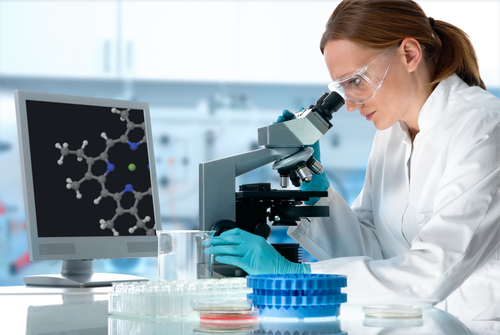Skin Biopsy for Pompe Diagnosis: What to Expect?

A skin biopsy is one of the tests that doctors can use to help diagnose Pompe disease, a rare genetic disease characterized by the buildup of complex sugar molecules called glycogen in muscle and other tissues. This buildup may interfere with function and cause the symptoms of the disease.
What is a skin biopsy?
A skin biopsy is a medical procedure in which doctors remove a small piece of skin for testing. Three main methods may be used to get this type of sample: shave, punch, or excision.
In a shave biopsy, the doctor uses a tool similar to a razor to remove or “shave” a small sample of the top few layers of the skin. He or she collects a punch biopsy using a small device like a thick syringe to remove a small piece of skin (usually 1 to 2 millimetres in diameter).
In an excisional biopsy, the doctor uses a small scalpel to remove a small piece of skin. This is essentially a small surgery.
How can skin biopsies diagnose Pompe?
Mutations in a gene called GAA cause Pompe disease. Due to the mutations, cells cannot break down glycogen. Glycogen builds up over time, causing the symptoms of the disease.
Doctors can use the skin sample collected from a biopsy to diagnose Pompe disease by isolating connective tissue cells called fibroblasts from the sample. Clinicians can grow these cells in the laboratory and measure the activity of the acid alpha-glucosidase enzyme, which the GAA gene encodes for. This type of test is considered the gold standard for Pompe disease diagnosis.
Clinicians can also use biopsy samples for genetic testing.
How do I prepare for a skin biopsy?
If your doctor determines that a skin biopsy is necessary for you or your child, a few steps are usually necessary for preparation. You should tell the doctor about any history of bleeding disorders or skin infections, and any medications being taken that suppress the immune system, as your doctor may need to take additional precautions during the procedure.
Your doctor will use a numbing agent (a local topical anesthetic) on the area of skin to be biopsied.
What are the risks?
Although every medical procedure has risks, skin biopsies are generally considered low-risk. However, discuss any potential complications with your doctor in advance. As with any skin injury, there are risks of infection and bleeding. Depending on the type of biopsy, some scarring can occur at the biopsy site.
What happens after the skin biopsy?
After an excisional or punch biopsy, one or two stitches may be necessary to close the biopsy site, but this is rare. Your doctor will bandage the biopsy site, discuss how to care for the injury, and maybe suggest a pain reliever.
If you notice bleeding or any signs of infection (pus, redness, or streaking of the skin near the biopsy site), you should contact your doctor immediately.
Your doctor will send the biopsy sample out for testing, the results of which may take a few days to a few weeks to become available. Your doctor will then meet with you to discuss the results and treatment options.
Last updated: Sept. 1, 2020
***
Pompe Disease News is strictly a news and information website about the disease. It does not provide medical advice, diagnosis, or treatment. This content is not intended to be a substitute for professional medical advice, diagnosis, or treatment. Always seek the advice of your physician or other qualified health provider with any questions you may have regarding a medical condition. Never disregard professional medical advice or delay in seeking it because of something you have read on this website.






